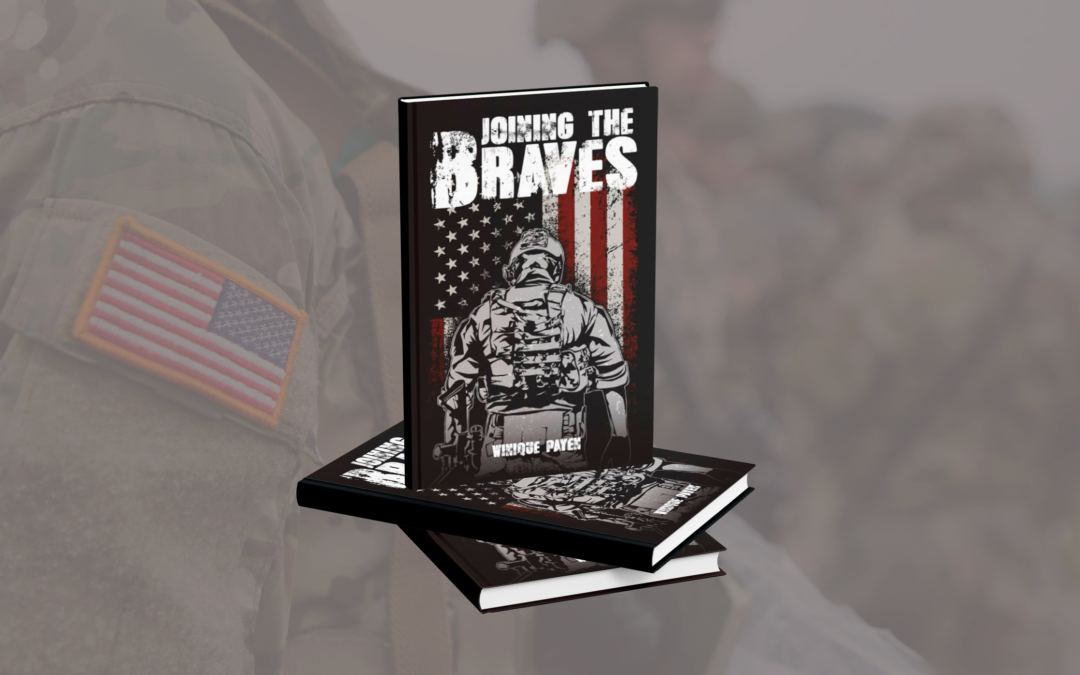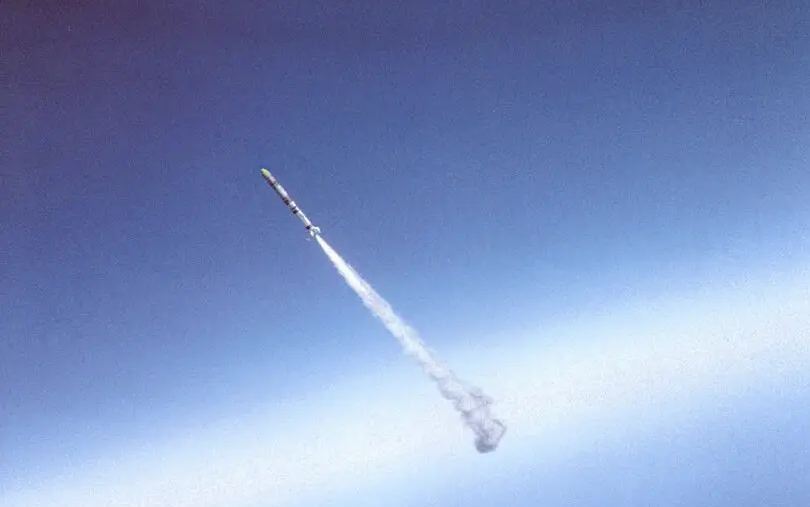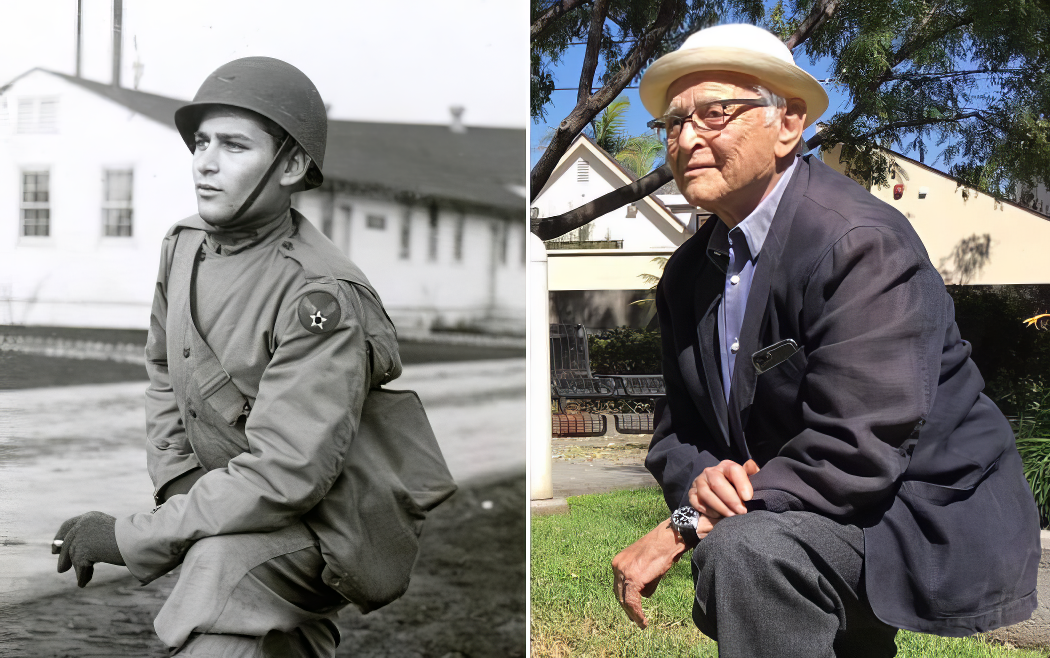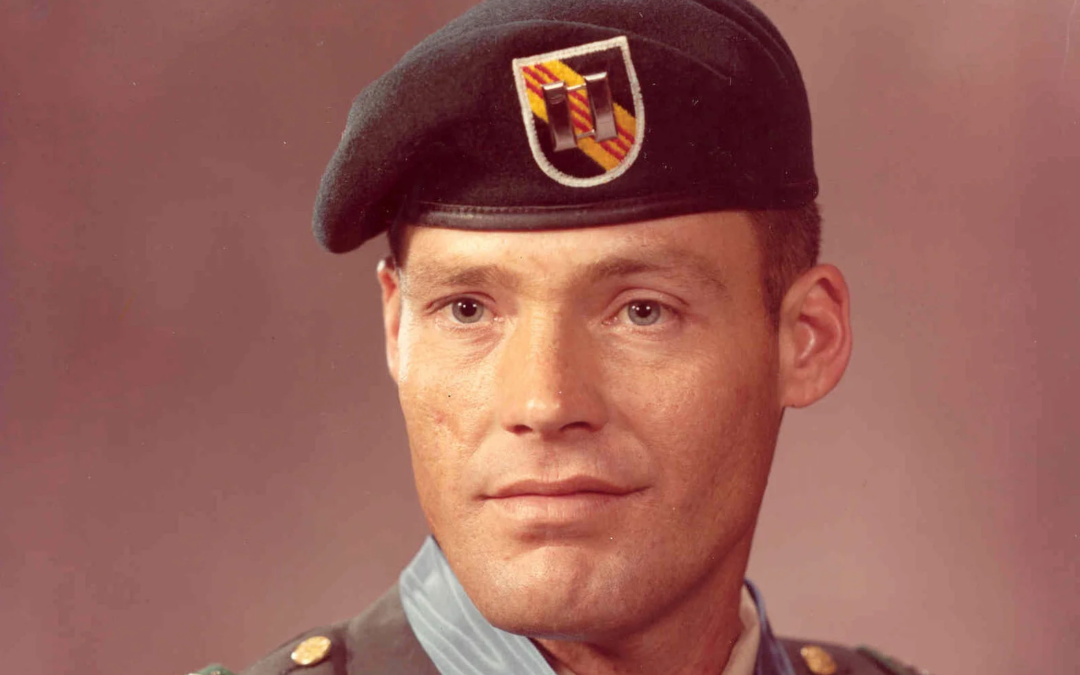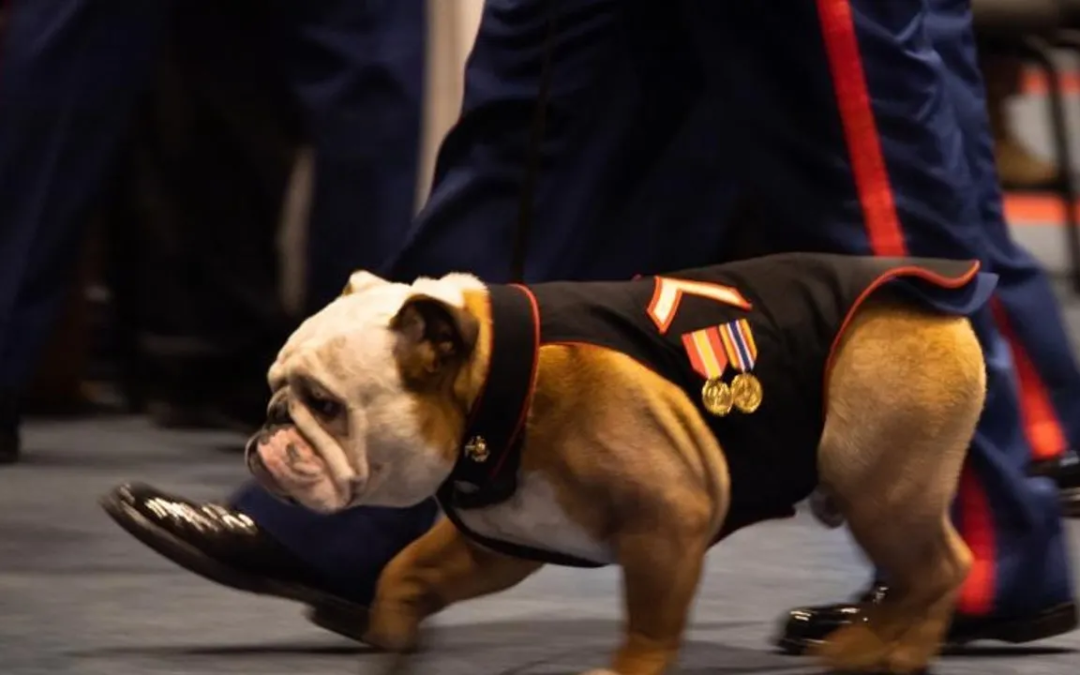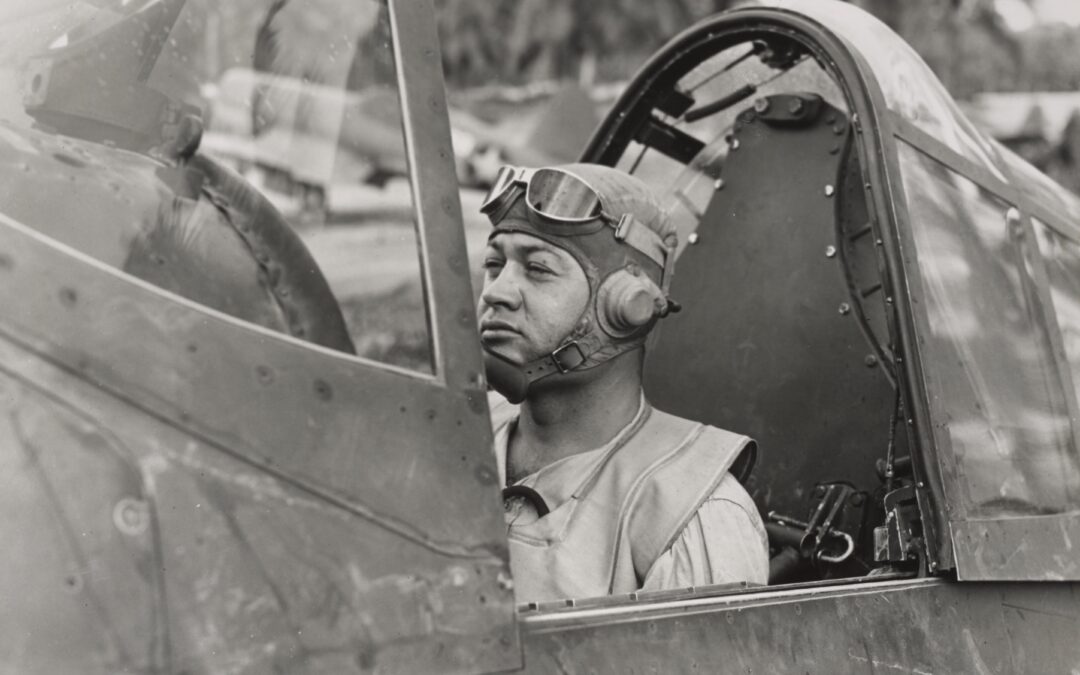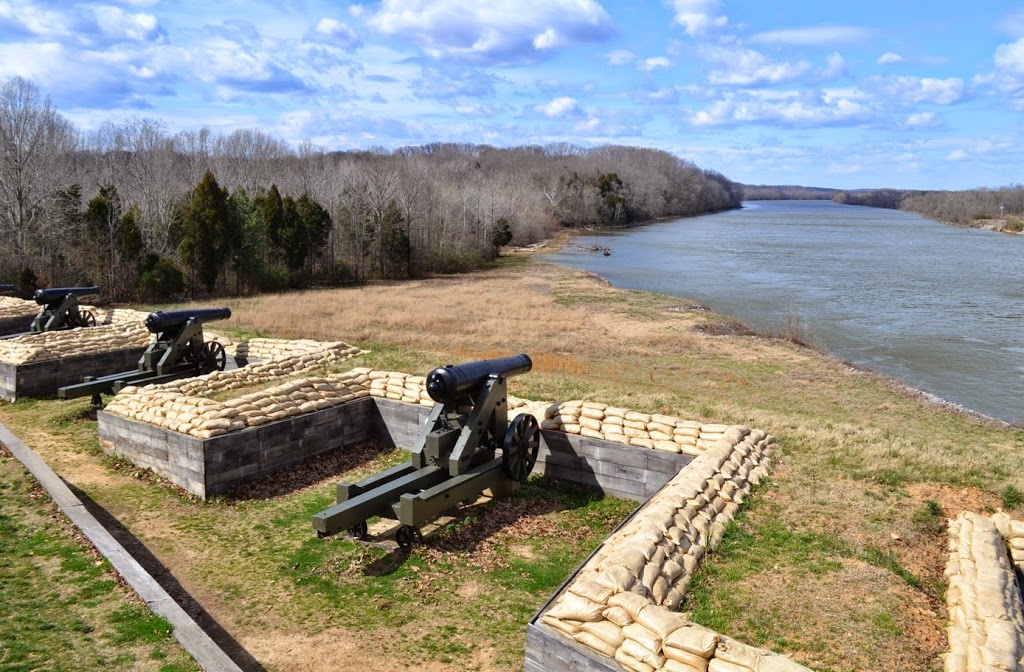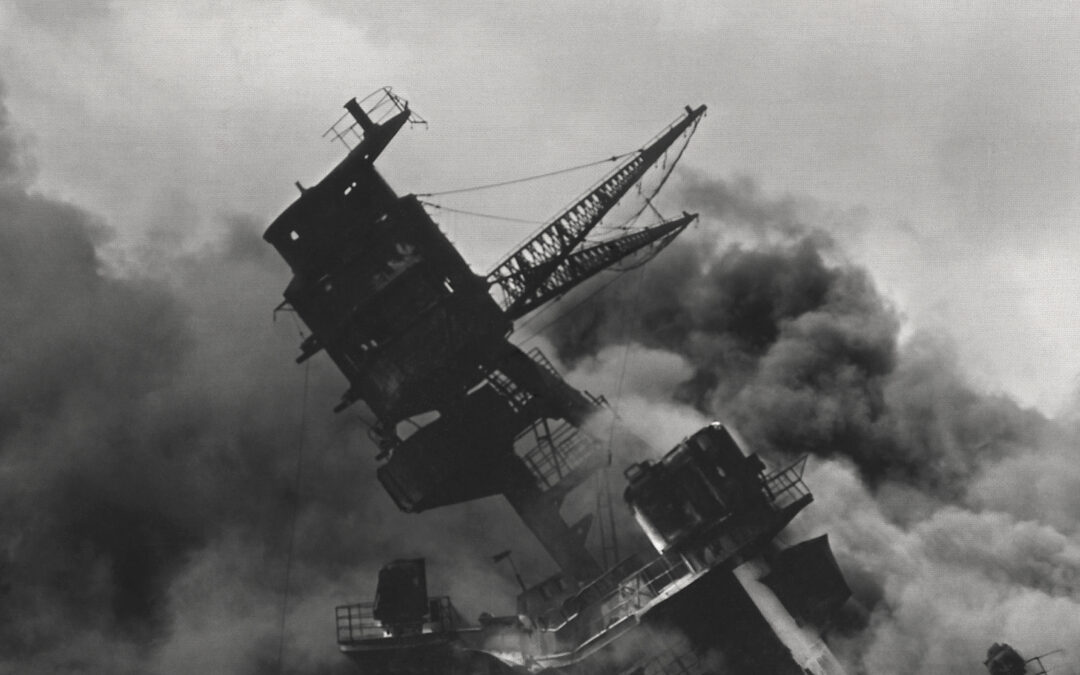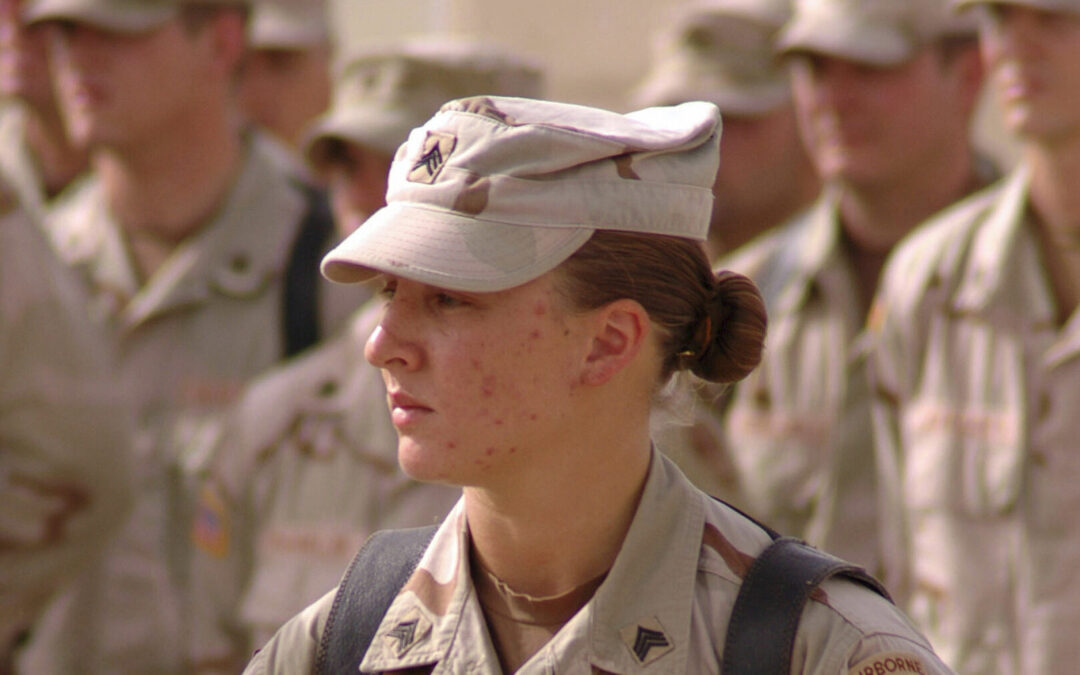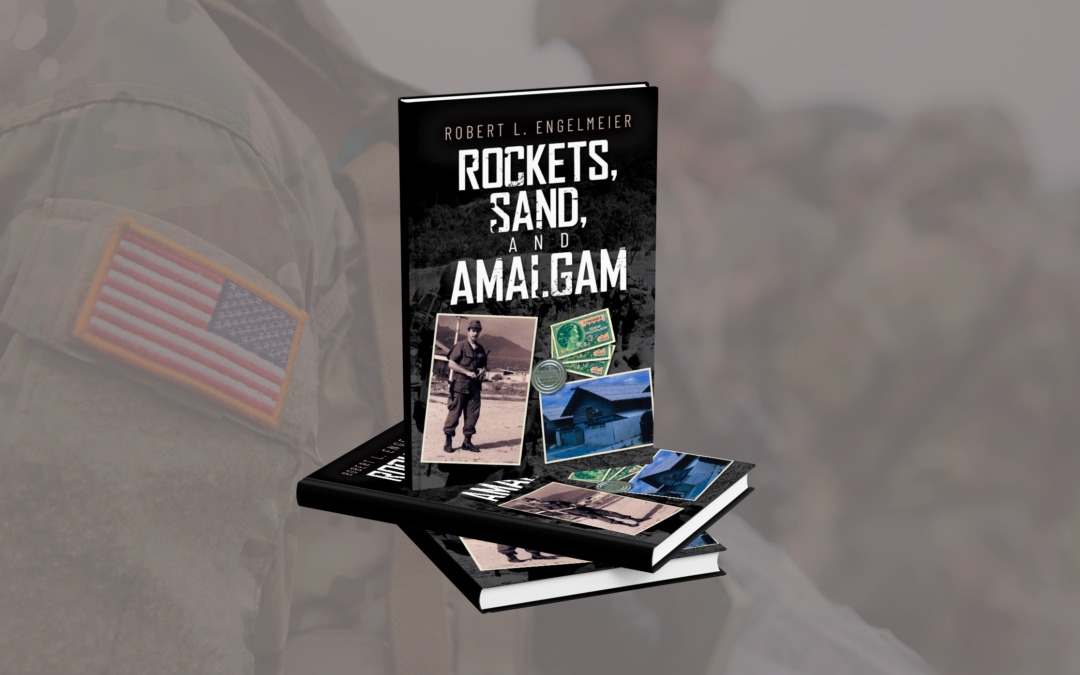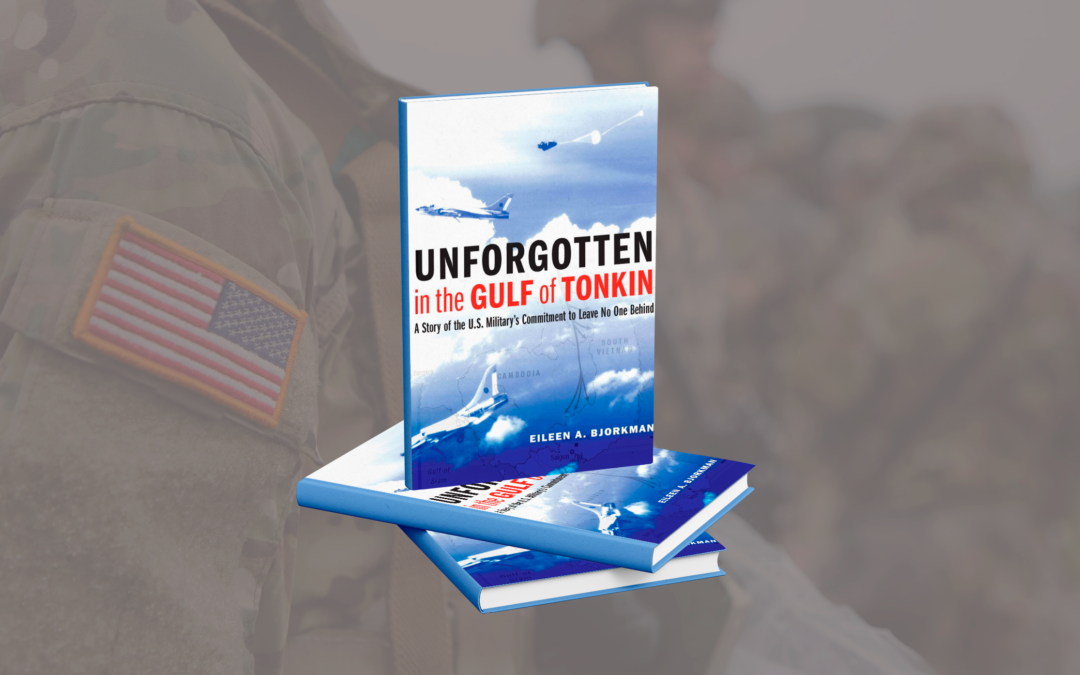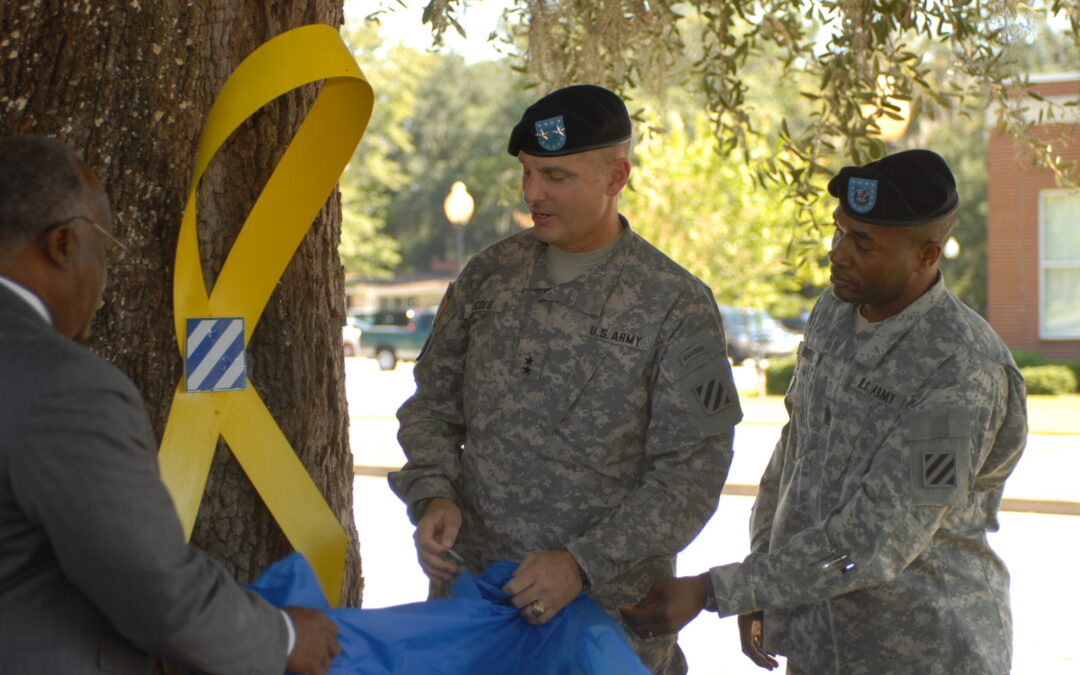"Joining the Braves" is a must-read for anyone considering joining the military, especially young Americans and immigrants who want to give back to the United States, as author Winique Payen comes from both backgrounds. About the Author of Joining the Braves Today, he is a non-commissioned officer in the United States Army who has served multiple deployments overseas and is currently stationed in Tennessee. But Payen started his life in Haiti, where he was born and raised. He came to the U.S. in 2009, but his enlistment was not his first encounter with the U.S. military. In 1994, the United States invaded Haiti to overthrow the military regime that unseated Haiti's President Jean-Bertrand Aristide, who was elected in 1991. "I saw those guys walk in with pride," Paten recalls in his book. "Everything from their discipline to their honor to their integrity all influenced me greatly… I wanted to see myself standing among those troops." From the day he first saw them, his...
